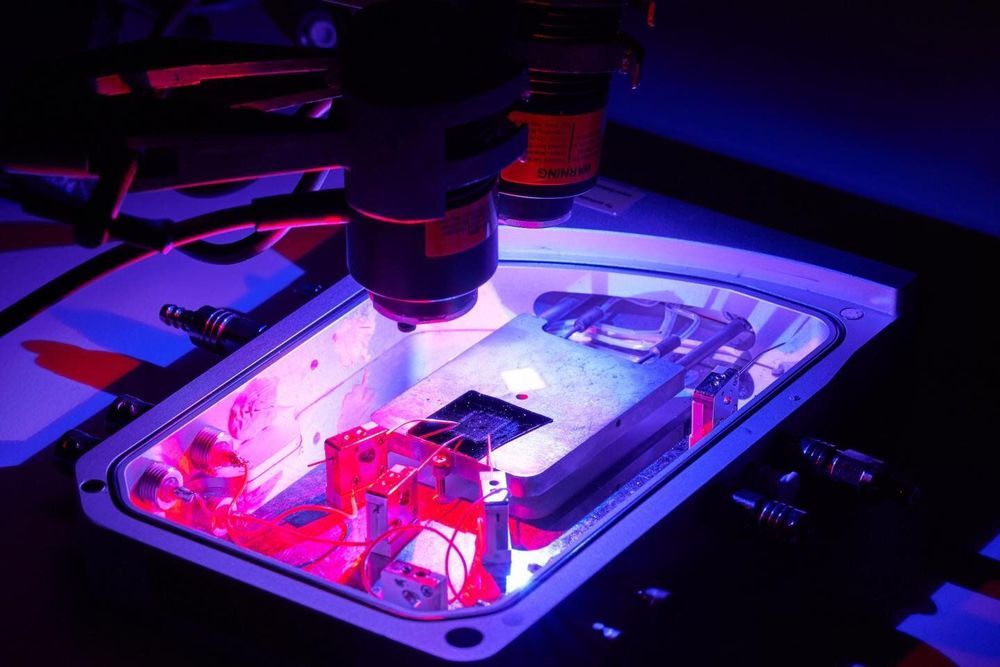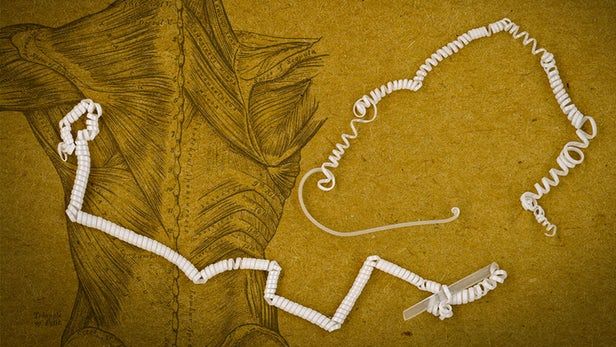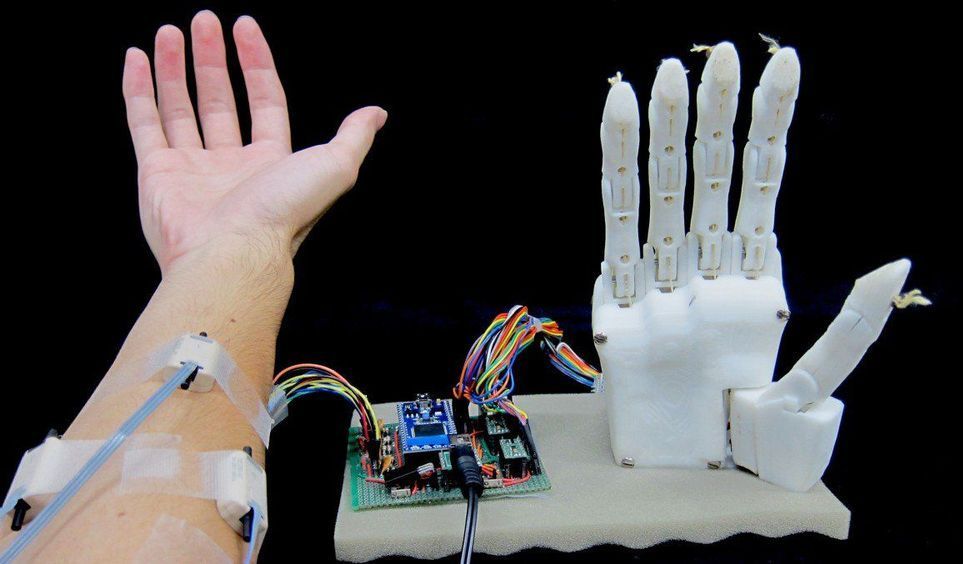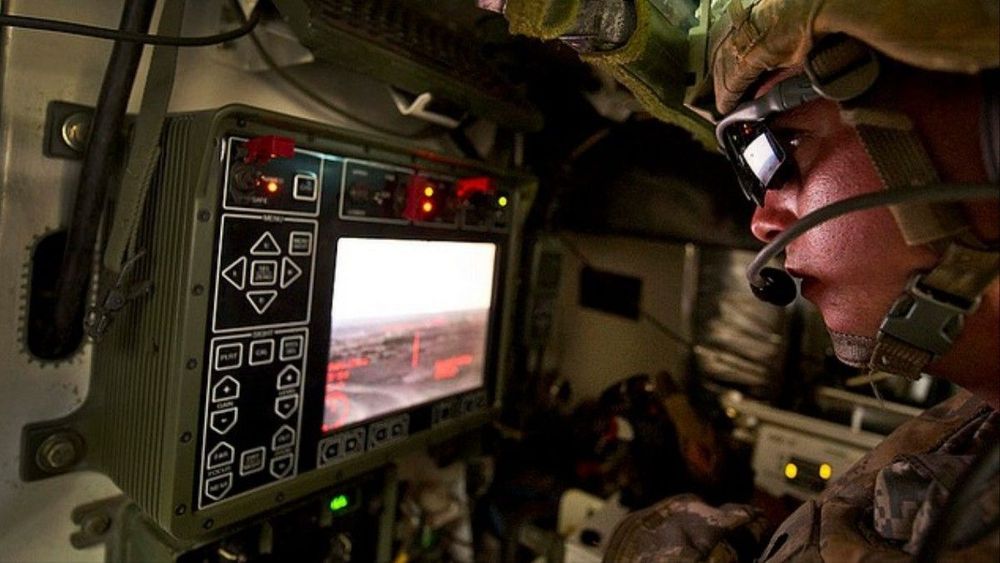Research on robotic prostheses is coming along in leaps and bounds, but one hurdle is proving quite tricky to overcome: a sense of touch. Among other things, this sense helps us control our grip strength — which is vitally important when it comes to having fine motor control for handling delicate objects.
Enter a new upgrade for the LUKE Arm — named for Luke Skywalker, the Star Wars hero with a robotic hand. Prototype versions of this robotic prosthesis can be linked up to the wearer’s nerves.
And, thanks to biomedical engineers at the University of Utah, for the participants of their experimental study, the arm can now also produce an ability to feel. This spectacular advance allowed one wearer to handle grapes, peel a banana, and even feel his wife’s hand in his.






